The Dutch go crazy on king’s day. But not this year
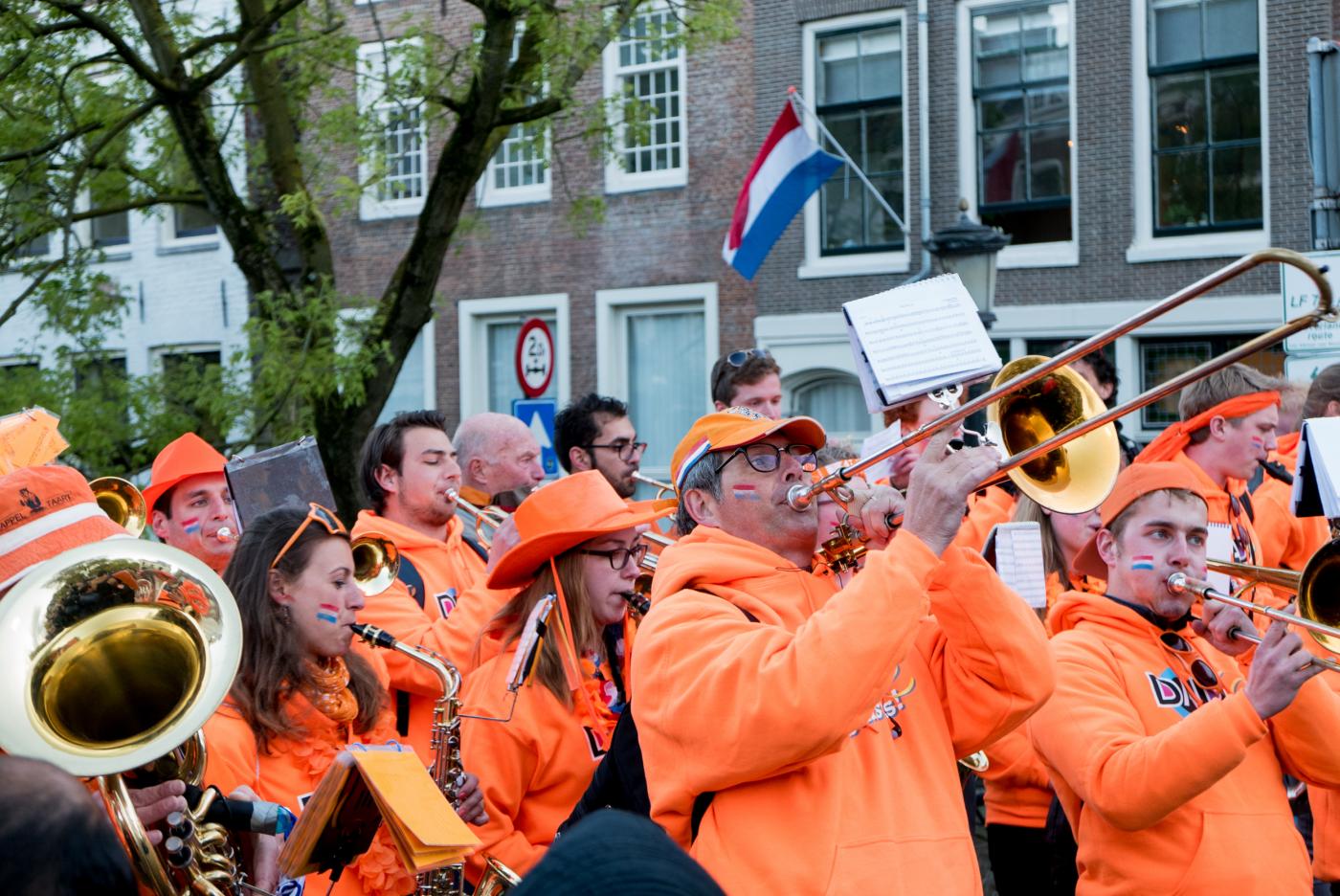
It’s one of the best known images of the Netherlands abroad (and perhaps one that attracted you to the country in the first place): a sea of people dressed in orange, happily dancing on the streets to the tune of street musicians and DJ booths. The block party takes over the canals as well, where boats filled with people in orange attire, wigs, and accessories navigate across the city.
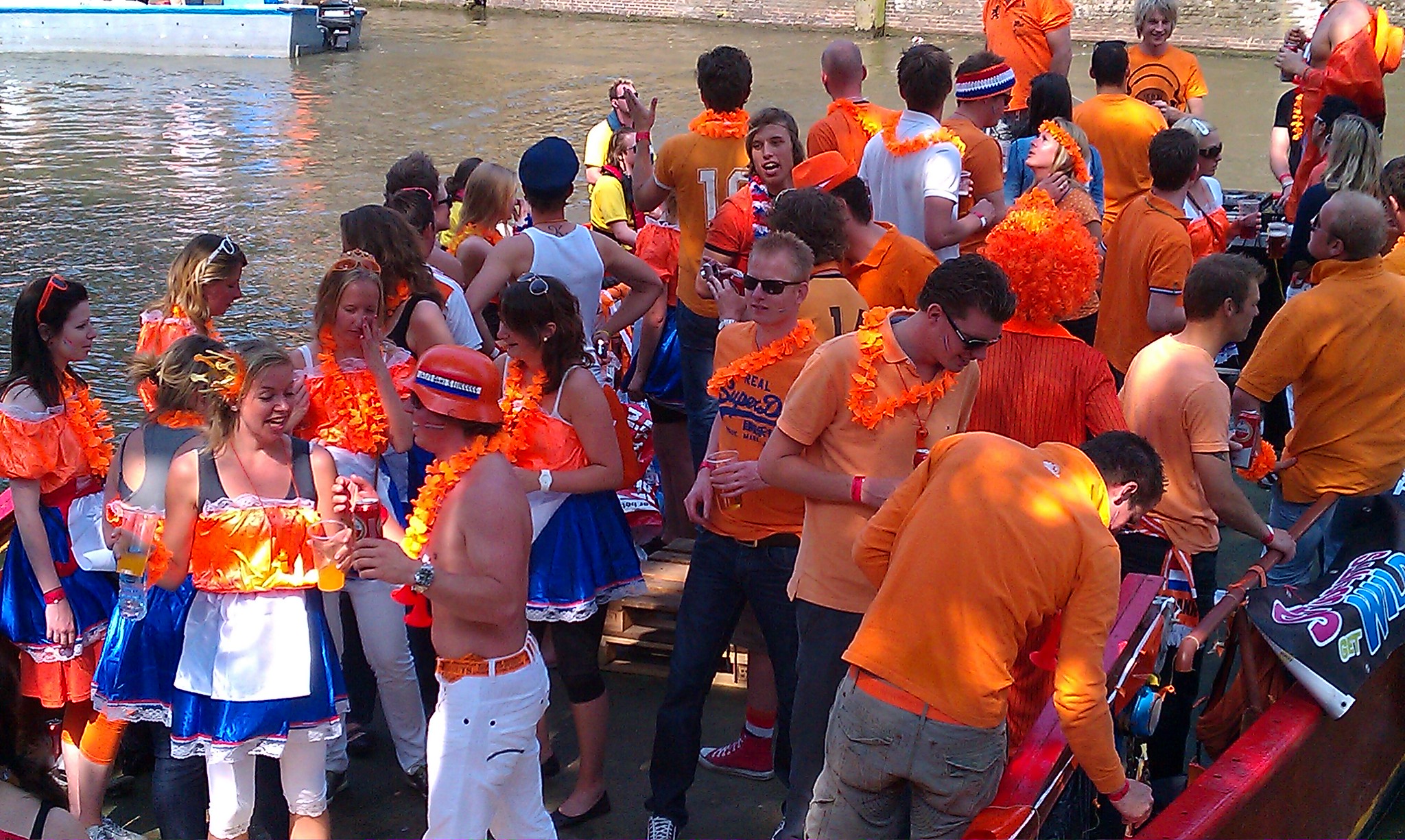
Photo: Tacowitte via Flickr, CC
In Utrecht, the celebrations start the day before already: from 6:00 pm, citizens are allowed to sell things on the street without a permit, which transforms several parts of the city into a big flea market. If you’re there early enough, you can score some great deals. Competition for public space to sell secondhand goods is fierce, so many mark their territory well in advance by drawing a square on the pavement with chalk or tape, and writing the word bezet (“occupied”) in the middle. However, several cities have forbidden this practice, which remains widespread anyway.
Street musicians are everywhere, providing the soundtrack to the people playing games at the stalls. Squares turn into open-air dancefloors, with Janskerkhof hosting the Beat-rix Festival, organised by the Utrecht Student Corps. Although music is not allowed at night, the volume is turned back up the next day.
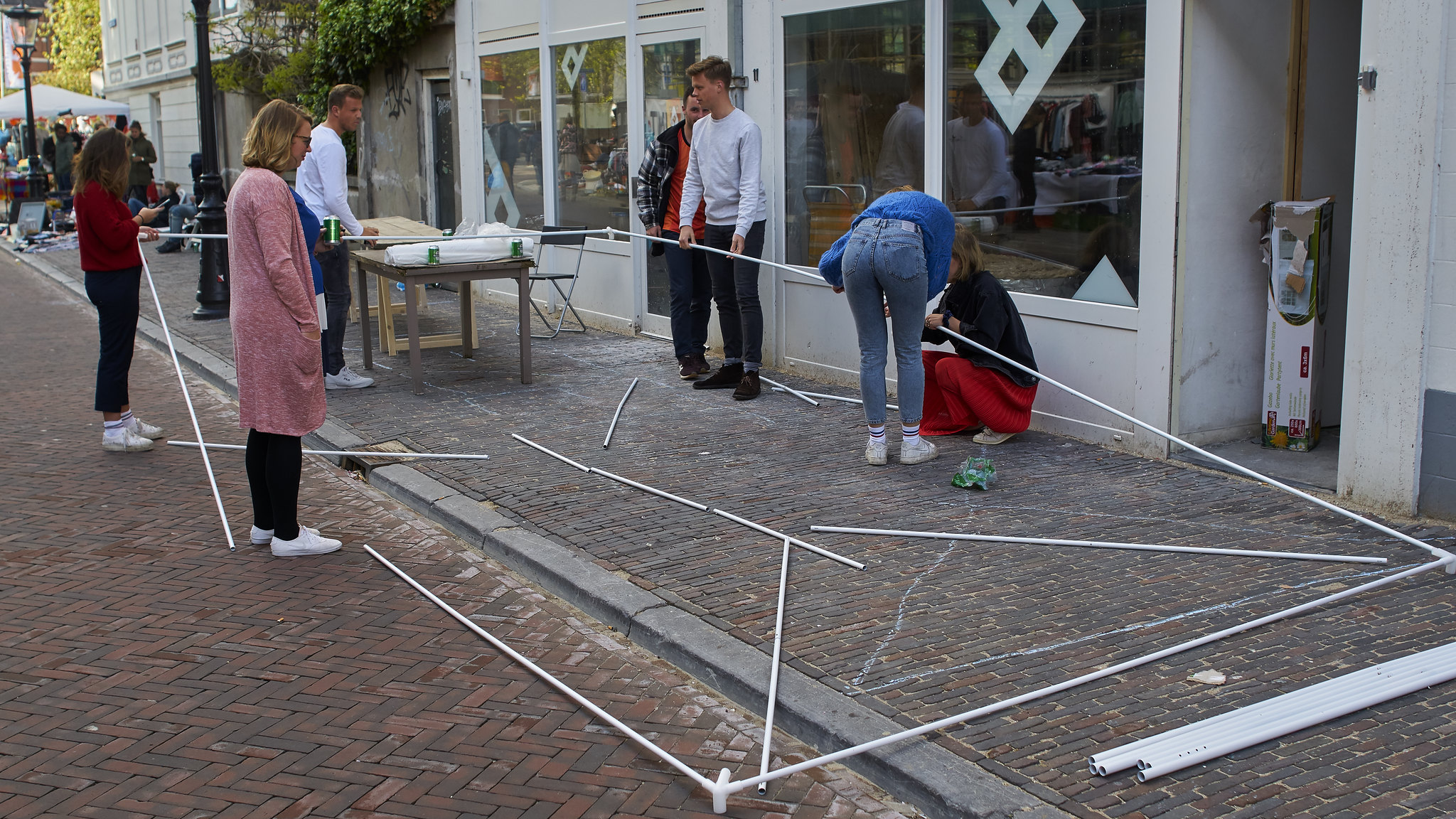
Photo: Wijnand Kroes via Flickr, CC
History
The tradition started in the late 1880s, in honour of the then princess Wilhelmina, who was born in August. But, since 2014, when Willem Alexander was coronated, the holiday falls on April 27th. If King’s Day falls on a Sunday, then the celebration is moved to Saturday for the sake of hungover partygoers who have to study or work on Monday.
Willem Alexander is the first male monarch since 1890, which explains why the celebration used to be called Queen’s Day. Before his time, Queen’s Day was celebrated on the 30th of April, which is actually the birthday of his grandmother, Juliana. His mother, Beatrix, was born in January, but didn’t want to ruin the party by moving it to winter time.
Fun fact: Beatrix abdicated from the throne in 2013 in favour of her son. On the 30th of April of the following year, tourists with outdated travel books were spotted in Amsterdam, wearing orange and looking puzzled, unaware of the holiday’s change of date.
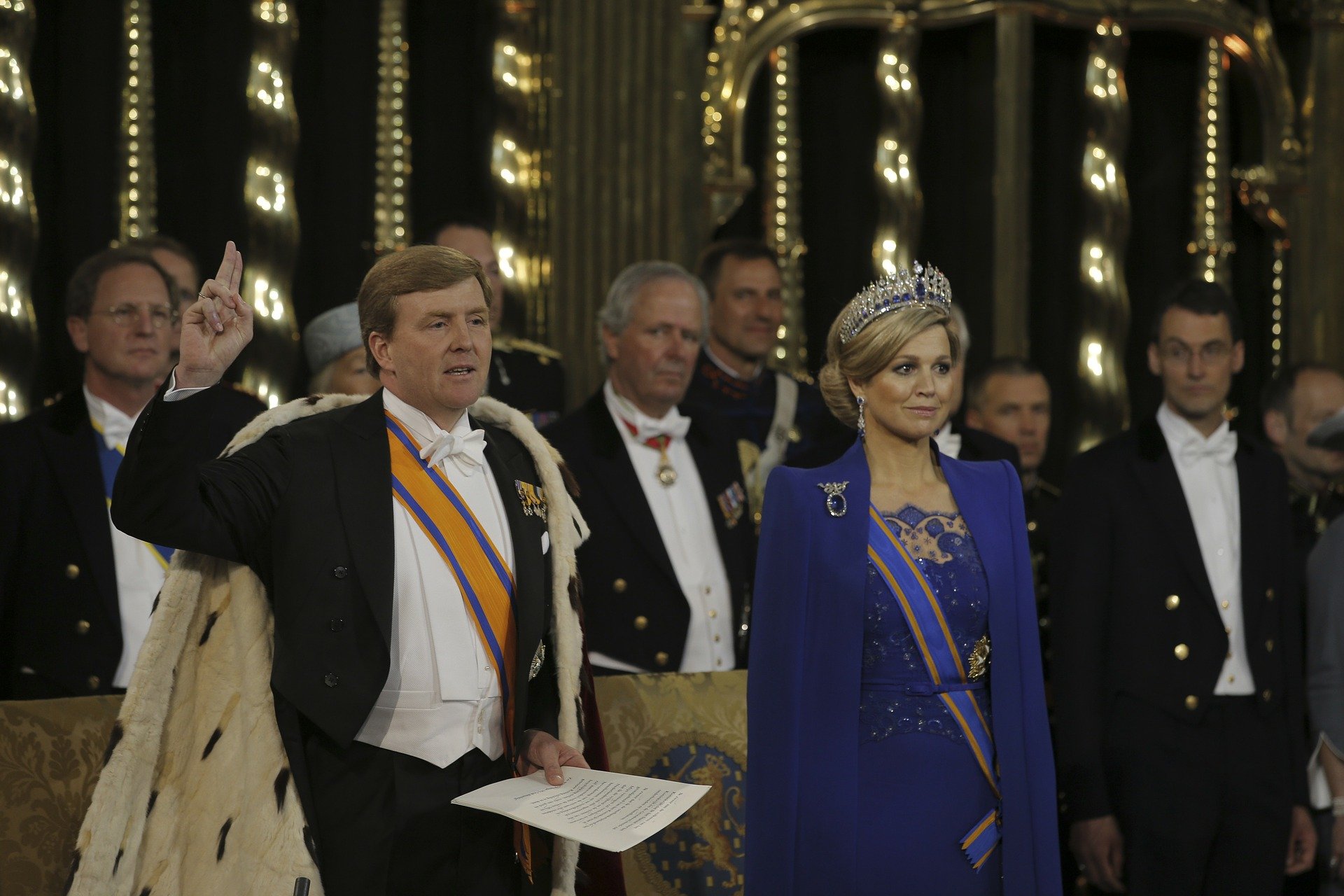
King Willem Alexander and his wife, Máxima. Photo: Pixabay
King’s visit
Each year, the Royal Family visits a different Dutch city on the king’s birthday. Last year, they spent the day in Maastricht. In 2021, Willem Alexander, his wife Máxima, the heiress to the throne Amalia and her sisters Alexia and Ariane will be at the High Tech Campus in Eindhoven.
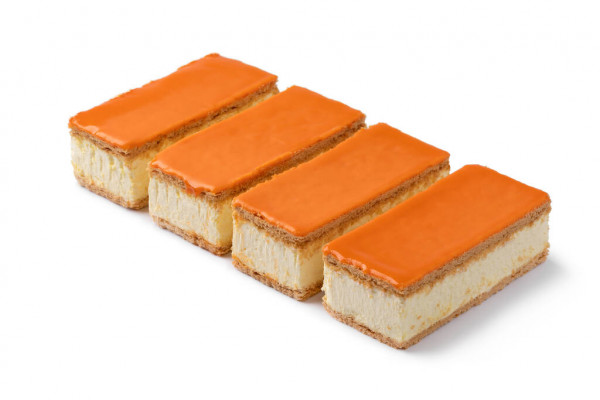
Tompouce
These cream cakes are called Tompouce. They are sold all year with a pink topping, but you’ll probably notice supermarkets will be filled with orange versions around King’s Day. That’s because the royal family celebrates the birth of a new baby by serving orange tompouces alongside the traditional beschuit met muisjes, a hard biscuit covered in butter and seeds from the anise plant with either a pink or blue sugary coating.
According to iAmsterdam, bakeries see a 600 percent increase in tompouce sales on King’s Day, compared to any other day.
And why are these pastries called tompouce, you may ask? Well, legend has it that the name was inspired by Tom Pouce, the stage name of Frisian dwarf Jan Hannema.
Coronavirus
Unfortunately, King’s day as we know it cannot be held for the second year in a row. There will be no large parties in the city center, but the municipality of Utrecht has prepared a series of online activities to mark the day, including a pub quiz (in Dutch), livestreamed performances from local bands and artists, and a “kids’ disco” for the little ones. Woolloomooloo’s traditional party Beat-rix at Janskerkhof will be replaced by recordings of performances on several locations across the city.
More information about the King’s Day programme in Utrecht is available on the municipality’s website.